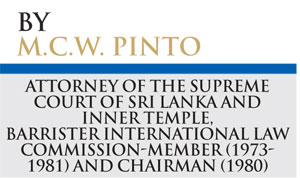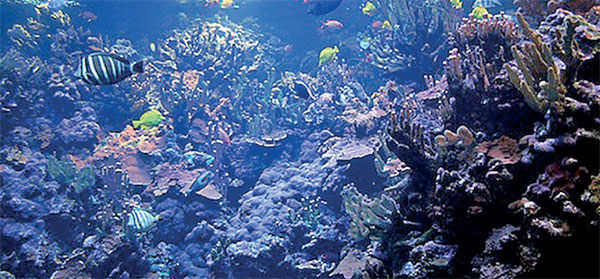Reply To:
Name - Reply Comment
Last Updated : 2024-04-25 06:31:00
.jpg)

.jpg) n the decade of the 1960s, scientists reported that the bed of the deep seas could yield virtually limitless mineral wealth (see for example, J. Mero, The Mineral Resources of the Seas, Elsevier, Amsterdam, 1965). The main focus of interest at that time was concentrations of polymetallic nodules to be found on the surface of the sea-bed, or slightly below it, at depths of several thousands of metres. The nodules, grey-black lumps of varying size and composition, were estimated to contain, depending on their location, as much as 40% manganese, 4.6% nickel, 4.5% copper, and 0.9% cobalt, all – and in particular the three last named – being of substantial commercial interest. More recently polymetallic sulphides and cobalt – rich manganese crusts have been discovered. Although the richest known deposits are said to be found on the bed of the Pacific Ocean, polymetallic nodules are also located on the bed of the Indian Ocean South of Sri Lanka, and are already the subject of a pioneer investment by the Government of India.
n the decade of the 1960s, scientists reported that the bed of the deep seas could yield virtually limitless mineral wealth (see for example, J. Mero, The Mineral Resources of the Seas, Elsevier, Amsterdam, 1965). The main focus of interest at that time was concentrations of polymetallic nodules to be found on the surface of the sea-bed, or slightly below it, at depths of several thousands of metres. The nodules, grey-black lumps of varying size and composition, were estimated to contain, depending on their location, as much as 40% manganese, 4.6% nickel, 4.5% copper, and 0.9% cobalt, all – and in particular the three last named – being of substantial commercial interest. More recently polymetallic sulphides and cobalt – rich manganese crusts have been discovered. Although the richest known deposits are said to be found on the bed of the Pacific Ocean, polymetallic nodules are also located on the bed of the Indian Ocean South of Sri Lanka, and are already the subject of a pioneer investment by the Government of India.
(1)(8).jpg)
(1)(8).jpg)

Add comment
Comments will be edited (grammar, spelling and slang) and authorized at the discretion of Daily Mirror online. The website also has the right not to publish selected comments.
Reply To:
Name - Reply Comment
US authorities are currently reviewing the manifest of every cargo aboard MV
On March 26, a couple arriving from Thailand was arrested with 88 live animal
According to villagers from Naula-Moragolla out of 105 families 80 can afford
Is the situation in Sri Lanka so grim that locals harbour hope that they coul